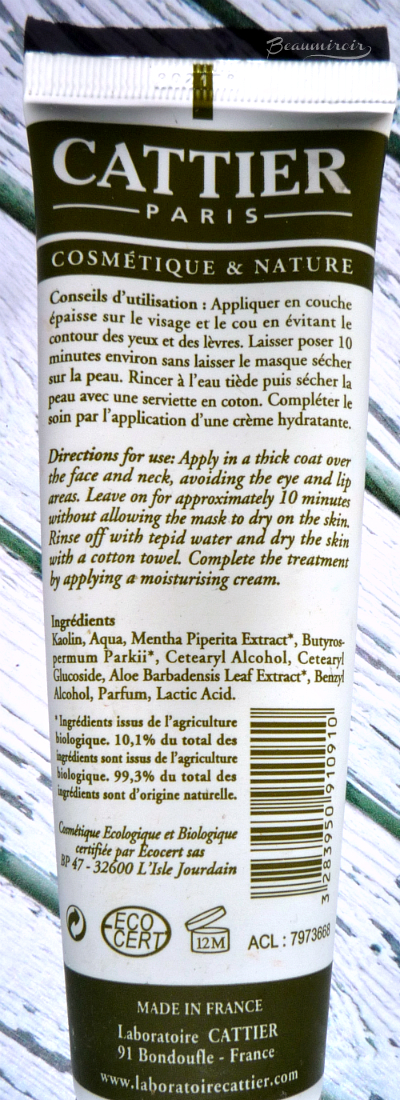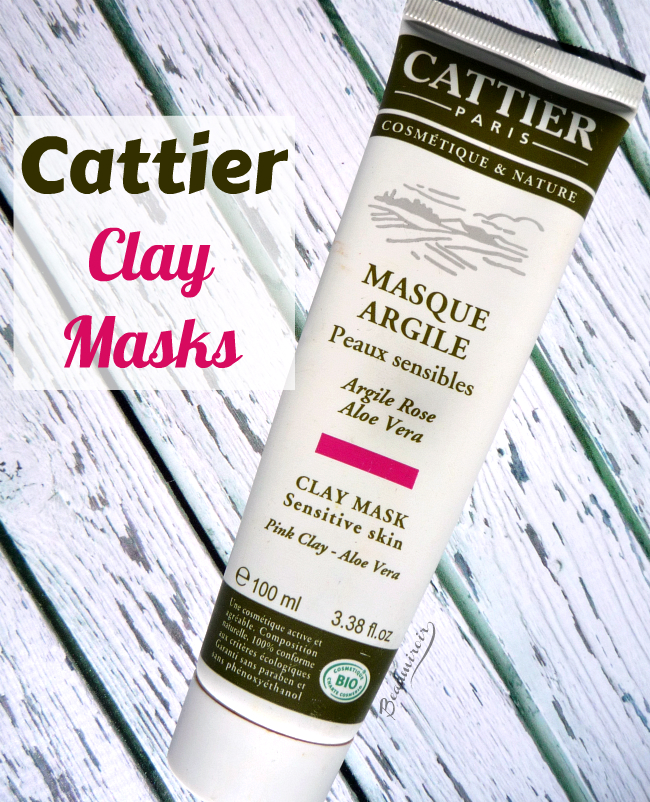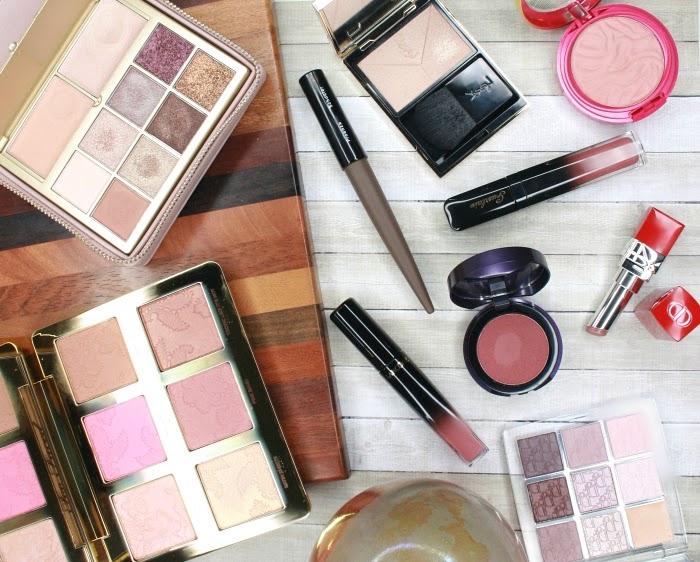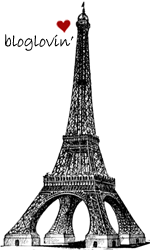Affiliate Links
Happy Friday everyone! This week's French beauty post is about a brand you may never have heard of if you're in North America: Cattier. Created in 1968, Cattier makes organic skincare and body products with clay as a star ingredient.
The word for organic in French is biologique, and it's often shortened to bio, hence the green oval Bio stamp that you'll see at the bottom right of the tube. Cosmetics in France must obey strict rules in order to be granted the Bio label, and Cattier is controlled and certified by Ecocert, one of the largest organic certification organizations in the world.
The company is also committed to ethical business practices and sustainable development. They try to reduce the amount of packaging they use, make everything recyclable - they even have a lip balm with a compostable tube - they use vegetal ink to print their labels, and they source their raw materials from Europe, mostly from France. They have also never tested their products on animals (the European Union has been banning all animal testing for cosmetics for a few years now). So does a cruelty-free, environmentally responsible, organic brand sound exciting to you? It sure does to me!
Cattier is one of the major players in the organic beauty industry in France, and they're most famous for their clay masks. They have developed a full line of bath and body products as well as skincare over the years, but clay is where everything started. They offer bulk clay powder if that's what you like, but they also have a line of masks made from clay of different colors.
Here's the thing: clay has other properties beyond absorbing oils, and depending on the type of clay, you can expect different results that will meet the needs of different skin types. So Cattier has:
- the classic green clay mask to purify combination to oil skin,
- a yellow clay mask to replenish dry skin,
- a pink clay mask to protect and soothe sensitive skin,
- a white clay scrub mask to soften all skin types.
Of course each mask contains other ingredients besides clay to boost their specific properties: the green clay mask contains mint, rosemary and lactic acid; the yellow clay mask includes jojoba oil, geranium and witch hazel; the pink mask has shea butter and aloe; the white clay scrub contains lavender, bamboo, glycerin, and mint. I've used a few over the years, but the one I have nowadays is the Pink Clay Mask.
 |
| Cattier Pink Clay Mask: directions & ingredients |
The mask also contains shea butter (butyrospermum parkii), a skin loving nourishing ingredient, and aloe, although both are probably in very small amounts. There are no dyes or synthetic preservative, however there is a little bit of fragrance. The label indicates that 99,3% of the ingredients are natural, and 10% are organic.
Just a word on that: sometimes people are surprised that an organic skincare product only contains 10% ingredients that are organic themselves, but the explanation is quite simple. Only raw materials that are farmed can be certified organic - organic means grown following a certain protocol. For that reason any natural ingredient that's not grown by man (wild plants, minerals...) cannot possibly be certified organic. In the case of this mask, the first two ingredients are clay and water: both are natural, but neither can be certified organic, since they're not grown/farmed. The final product, however, is certified organic because if follows the rules of the cosmetics organic label Cosmebio: mostly natural products, only certain types of preservatives, etc.
 |
| What Cattier Pink Clay Mask looks like |
This Pink Clay Mask is easy to squeeze out of the tube and spread on the skin. It's not bright pink, but a natural ochre pink color. It's semi-thick and doesn't feel lumpy or crumbly like some dryer clay masks sometimes do. It glides well, but it's not so wet that it drips once applied. Cattier suggests keeping it on for 10 minutes, and, as you can read for yourself on the label, adds "without allowing [it] to dry on the skin". This is super important so let me take a minute to hammer you with that fact:
Thou Shall Not Let Clay Or Mud Masks Dry On Thy Skin
So if your mask is starting to dry out, either wash it off, or spray water on it to get it wet again if you want to keep it longer. That's one way you can use a mineral water spray such as Evian!
 |
| Silly Mask Selfie Time! |
Used properly, the Cattier Pink Clay Mask is not drying at all. It leaves my skin feeling fresh, super soft and radiant. I feel like it diminishes the inflammation when I have bad zits, and it also helps clear my pores and keep shine at bay. It never irritated my skin or caused redness. It takes a little bit of work to rinse it off, so I prefer to use it right before I shower.
Do you use clay masks? What color clay are them made of? Which one of these masks would you want to try?
Where to buy?
The product featured in this review was purchased by Lulle. I received no compensation to write this post, which only reflects my personal opinion. This post contains affiliate links.











No comments
Unfortunately the comment system does not work on mobile phones at this time :( If you see this message and leave a comment, I will be unable to approve it, I'm really sorry about this issue!